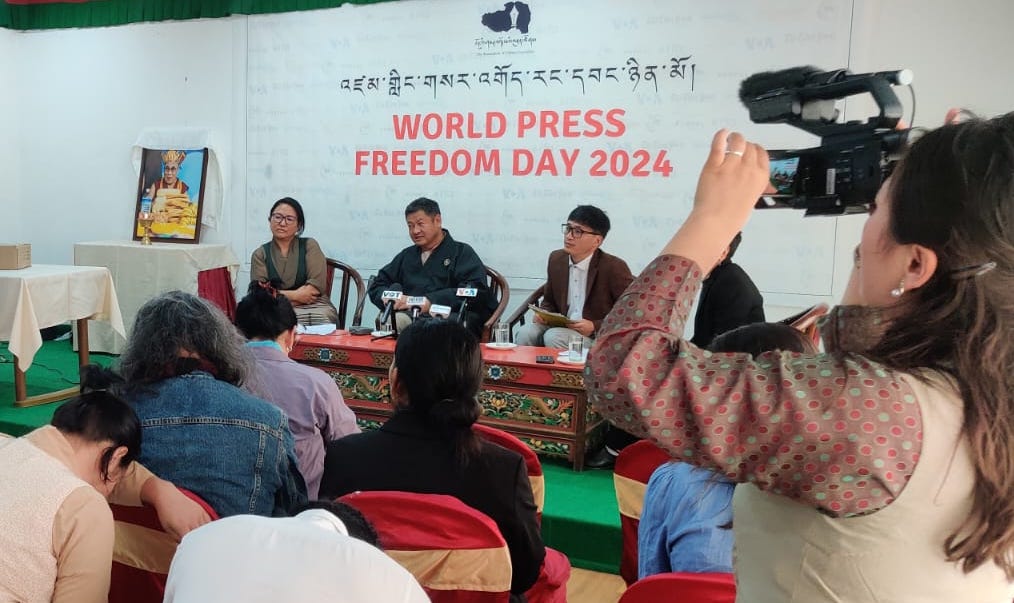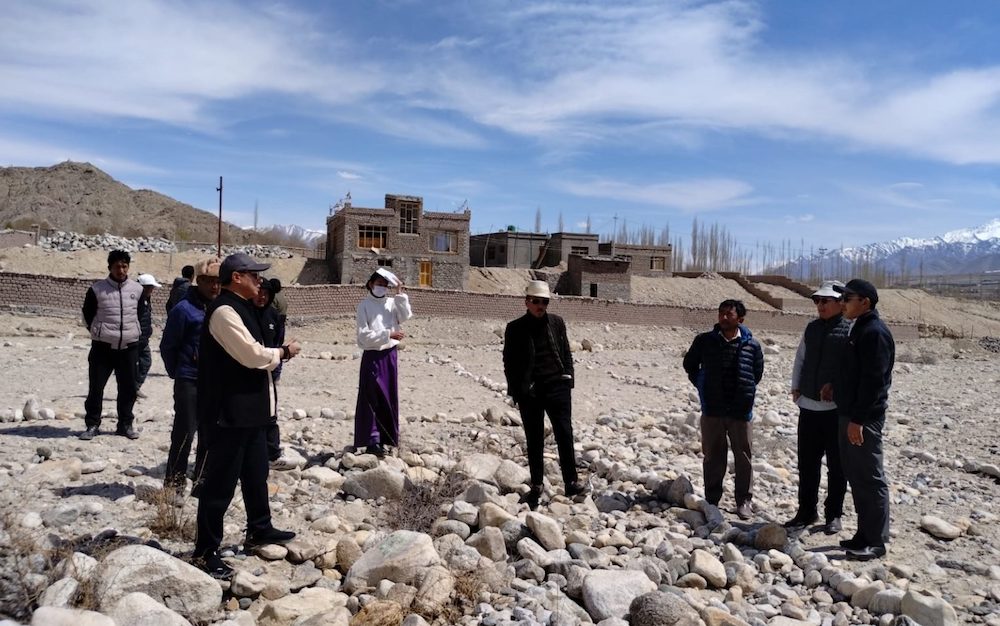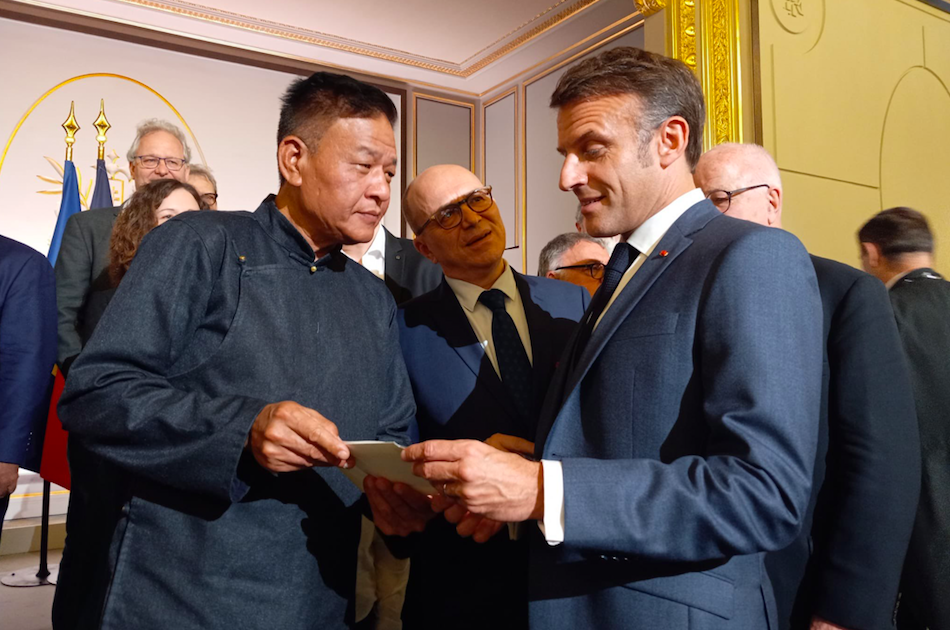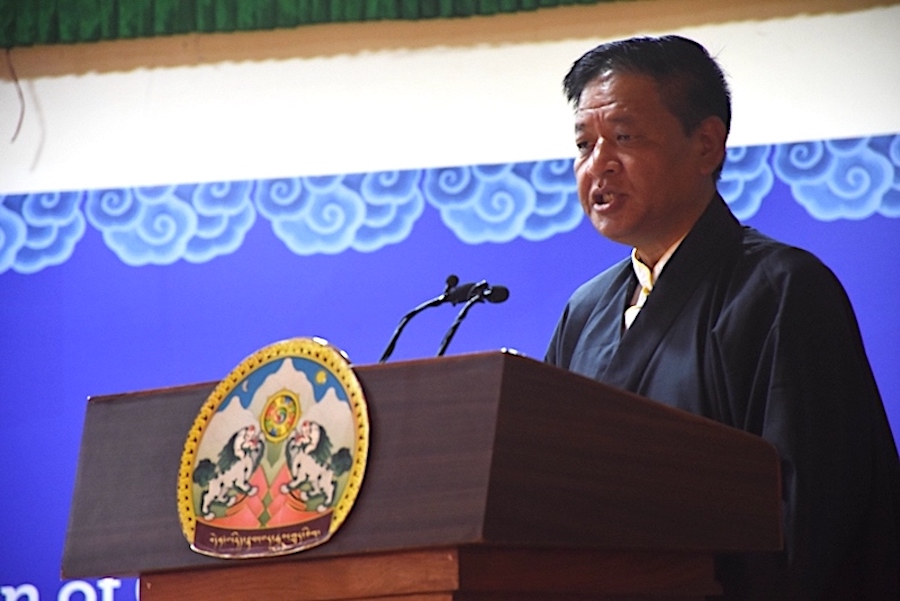 An ancient sand painting artform perfected by Tibetan monks has been demonstrated at the Victoria and Albert Museum in London.
An ancient sand painting artform perfected by Tibetan monks has been demonstrated at the Victoria and Albert Museum in London.
The art, known as mandala, is an image made from millions of grains of coloured sand laid in place on a flat platform.
A touring group of Tibetan lamas from the Drepung Loseling Monastery performed the art, which hails from the artistic traditions of tantric Buddhism.
Their imagery represents the world, the human mind and the body’s energy.
To construct the mandala, millions of grains of sand are painstakingly laid into place on a flat platform over a period of days or weeks.
When finished, the mandala is destroyed to symbolise the impermanence of all that exists.
The coloured sands are swept up and poured into a nearby river or stream where the waters carry the healing energies throughout the world.
The construction of the mandala begins with the drawing of the design on the base or tekpu.
The artists measure out and draw the architectural lines using a straight-edged ruler, compass and white ink pen.
The mandala is a formal geometric pattern showing the floor plan of a sacred mansion.
Once the diagram is laid out, the coloured sand is applied to the mandala through the end of a metal funnel.
The funnel is filled with coloured sand and is then rasped in order to release a fine stream of sand.
The artists begin at the centre of the mandala and work outwards.
The lamas of Drepung Loseling Monastery have previously toured the US to construct their sand paintings in a series of diverse settings.









